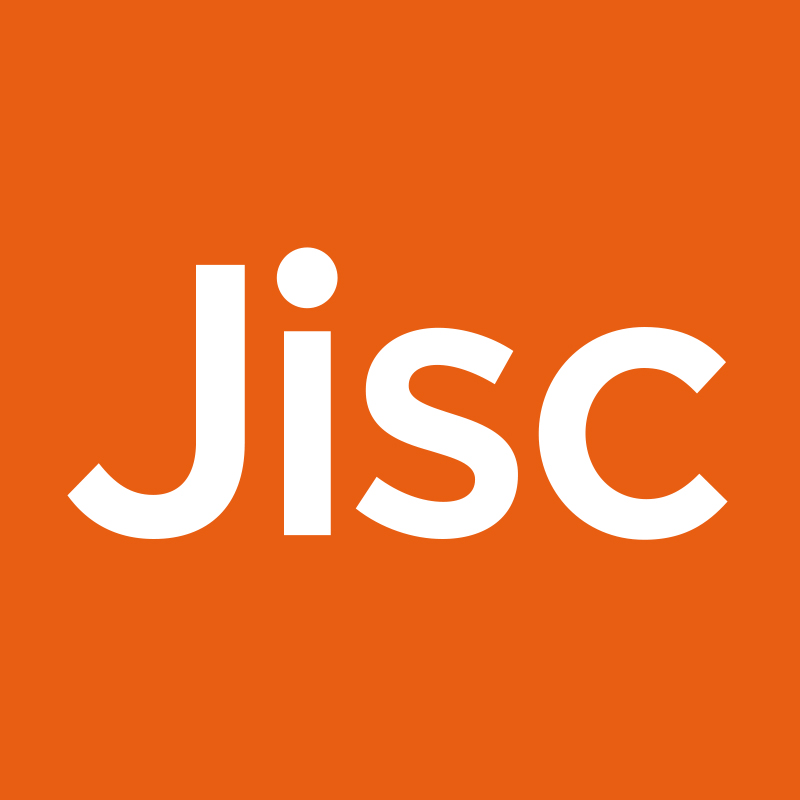Julia Taylor – subject specialist for accessibility and inclusion – reflects on the questions organisations need to address in order to embed accessibility in their digital leadership approaches.
More and more disabled students are accessing mainstream education but there is not always financial support for providing alternative formats, note-taking and study support. This places greater responsibility on institutions to meet these needs.
The most cost effective response is to improve procurement processes and ensure inclusive practice is embedded in teaching, learning and assessment. At Jisc we recommend an inclusive approach to digital strategy that will create an accessible organisation. We help evaluate your current practice and encourage cooperation that draws expertise from all sections of the organisation. This inclusive approach will support Quality by helping to ensure student satisfaction, improving retention and achievement and contributing to inspection and compliance.
Why be inclusive? – ask yourself some searching questions
Isn’t it a reasonable expectation that all students can access all course materials? An inclusive approach to policy will be needed to ensure e-books, hardware and software are accessible and that procedures for curriculum design, document creation and the provision of alternative formats are inclusive.
How are you responding?
Assistive technology and productivity tools will also have a role to play in ensuring all students can participate fully and are properly supported and motivated to achieve.
Does your teaching and learning and ILT policy take an inclusive approach?
Why exclude people when you don’t have to?
Technology allows us to meet more people’s needs than ever before. These include students with disabilities, those who prefer not to disclose, and many others who may not ask for help. The wider the range of needs you include whilst planning, the less additional support students will require now and in the future. This should provide a tangible cost saving long term.
Does your ILT / Teaching & Learning Policy support levelling the playing field? Or are you creating barriers and then providing ladders and bridges?
Are you improving digital capability for everyone?
The educators’ role is to help everyone to support themselves in a fast changing digital landscape, now and in the future. Students need digital skills to be employable and they expect to use technology to learn. Staff need to feel confident in supporting them.
Does your staff development policy provide all staff with inclusive digital skills?
Why meet these needs and expectations?
There will be better outcomes for students, staff and the organisation.
Accessible organisations are more effective because they have a culture of learner involvement, highly skilled staff, responsive IT processes and efficient well document procedures.
Students benefit with increased confidence, independence and productivity. Many will already be using technology to support their independence. So they will want connectivity whenever and wherever they need it.
Does your BYOD and IT policy allow for this flexibility?
Leading by example
To support the widest participation you must reflect accessibility in all key policies and strategies – then everyone knows what’s valued, and expected and they will plan accordingly. Students will know what they are entitled to. Policy can be used to implement inclusive practices in all aspects of provision, from marketing and recruitment through to Teaching, Learning & Assessment.
- If procurement policies are pro-actively inclusive, all digital investments will be checked for usability and accessibility at the start of the process. This will avoid the time and expense of fixing problems further down the line.
- Equality policy and internal quality assurance (QA) processes could actively identify inclusive practices from marketing and recruitment through to Teaching & Learning.
- Module design and specification processes should include accessibility criteria so that courses, curricula and assessments are designed to be inclusive from the start.
- An accessible IT policy aims for the infrastructure to support accessible Mobile / BYOD, the use of rich media and widely available assistive technologies and productivity tools.
- Staff will be trained in using available software and hardware tools to support inclusion if there are appropriate references in Teaching & Learning and Quality Assurance policies.
Your inclusive policies should result in tangible differences in student experiences. See our other resources:
Supporting an Inclusive learner experience in Higher Education
Alternative formats where to begin
Helping learners to help themselves
Delivering an inclusive digital student experience
